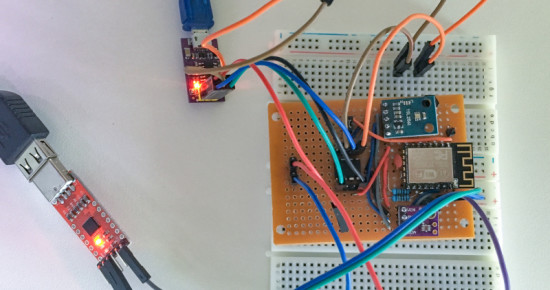Mr. Alex Jensen wished to create a powered meteorological observation device, using the ESP8266 break board get it connected to wi-fi. However, Alex’s analysis disclosed that the E.S.P. chip uses around 70mA per hour once the radio is on — that means that he’d need to modify batteries loads the way more than he wished to. He used a coffee power rig specified he’d solely need to amendment batteries on a pair of AAs.
The two issues would be, however typically will the E.S.P. get supercharged up for data transmissions — and the way typically the weather station’s ATtiny85 takes detector readings. wakening the E.S.P. from sleep mode takes concerning 16mA — and, once awake it takes concerning three seconds to reconnect, precious time at 70mA. However, by employing a static IP address he was able to pare that all the way down to 0.5 a second, with an added second to try and do the particular data transmission. Additionally to the hourly wi-fi connection, the Tiny85 should be supercharged, although its comparatively modest 1.5mA per hour doesn’t quantity to abundant, even with the chip awake for thirty six hours throughout the year. All told, the varied parts came to around five hundred mAh p.a., therefore employing a couple of AA batteries ought to keep the rig going for years.